Natural Ways to Keep Bugs Away From Plants
If your house is anything like mine, a new shelf, bookcase, or end table means a new potted plant will spontaneously appear on top of it in the very near future.
House plants are a timeless and cost-effective way to liven up any room’s decor. They are excellent at bringing a little bit of nature inside, but sometimes a little bit too much nature ends up coming indoors.
Bugs seem to love your plants almost as much as you do, and they can be difficult to deal with. There are plenty of chemical bug repellents that are very effective, but these can be toxic to pets and curious children.
So how can we prevent unwanted creepy-crawlies from making a home or meal out of our favorite houseplants without resorting to potentially dangerous chemicals?
We delved into plant enthusiast social media groups, read dozens of articles, scoured scholarly archives, and sought out advice from our grandmas to bring you several natural alternatives to chemical pesticides.
Before we get into the weeds, let’s start with some precautionary words: Not all plants are created equal. Some may be more sensitive to these techniques than others, and you should test any of these solutions that you choose to adopt on a small section of the plant just in case they don’t react well to the treatment.
Physical Bug Prevention
The best way to keep bugs from eating your plants is to prevent them from accessing them. Here are a couple ways you can block insects from moving in:
Sticky Traps

Sticky traps, the personal choice of spiders everywhere, are an inexpensive and non-toxic way to mitigate the risk of infestation.
These simple traps come in various designs that can either be hung or placed strategically in the vicinity of your plants to form a protective barrier. If you’re concerned about flying bugs like fungus gnats, white-flies, or aphids, give these a try.
Soil Toppers

Many varieties of bugs don’t actually take up residence in the foliage of your plant and would rather build their nest in the rich soil of your planter. Placing a barrier over the soil can be a very effective preventative measure.
Things like sand soil or mixing cinnamon into the top layer are good options, but the most time-tested soil mix-in uses microscopic fossilized sea critters.
While that might sound exotic and expensive, diatomaceous earth is a relatively inexpensive powder that is used in grain silos all over the world to accomplish exactly the task we’ve set out to do. The tiny food-grade particles shred the protective coatings of many insects leaving them unable to stay hydrated.
It won’t harm you, your children, or your pets so don’t hesitate to lightly dust your plants and soil with it to keep insects out. Just remember that you’ll need to reapply it to the soil after watering.
Physical Barriers

While not a permanent solution, sometimes simply moving the plant can buy you some extra time to prepare your next line of attack. Moving the plant further indoors or placing it on an elevated plant stand immediately upon detecting ants can confuse their navigation when they go to get their friends.
If you need somewhere new to put your plant, take a look at our selection of Sunnydaze Planters and Stands
DIY Bug Sprays

Synthetic pesticides are super effective at killing bugs and preventing further infestation, but the chemical compounds that make them tick might not be something you want to have prolonged exposure to, especially inside your home.
This isn’t a new problem and people have been searching for a natural solution to prevent bugs from ruining their plants for generations.
You can find dozens of results for these recipes with a quick search, but which one should you try? Let’s take a look at a few of the most popular options from around the web and compare them to what researchers at the University of Abu Dhabi discovered while testing them.
Soap and Water
Diluting a liquid soap into a simple spray is probably the simplest solution in this list.
A tablespoon or two in a big spray bottle will give you a good shot at taking care of bugs. As a bonus, your spray bottle can still be used for general household cleaning.
Essential Oils

Orange, mint, clove, and lavender oils smell nice and can be a decent repellent, but they probably won’t eliminate an existing infestation. Of these, lavender oil was marginally more effective when dealing with ants.
If you’re looking for a convenient and pleasant-smelling preventative measure, it won’t hurt to give these a try.
Non-Essential Oils
Garlic, onion, and cottonseed oils might not be olfactory rock stars, but they have shown to be fairly effective at keeping insects and spiders at bay. They do degrade on the plant fairly quickly so unless you’re also looking to keep vampires out it may be best to skip these ones.
Neem Oil

This smelly substance taken from the seeds of neem trees is far more efficient than the other treatments in this list in terms of killing and repelling certain insects. It’s not a one-size-fits all solution, but spiders, ants, and certain varieties of flying bug will avoid this substance like their lives depend on it.
The Mad Scientist Solution

If you still can’t decide which spray to go with, maybe just use them all. UAE researchers used the following ingredients to create what they thought might be the best natural pesticide which combines the useful properties of each of its material components.
To concoct this brew of bug doom, stir the following together until completely mixed:
- 5 parts vinegar
- 1 part neem oil
- 1 part cottonseed oil
- 1 part lavender oil
- 1 part mint oil
- 1 part garlic oil
Put the resulting mixture in a spray bottle and apply to your plants.
So there you have it, the best solutions to your bug problem that don’t involve harsh chemical pesticides. You can always go after the critters with tweezers, a soapy cloth, or cotton swab dipped in rubbing alcohol, but we hope one of these natural remedies solves your problem the easy way.
If you have a bug removal technique you'd like to share, we'd love to hear it. Connect with us on our social media platforms, comment below, or discuss the topic on our YouTube channel. Make sure you stay tuned for more Bright Ideas.
Thanks for reading!

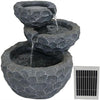
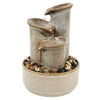





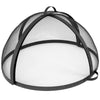
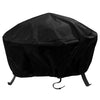
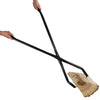
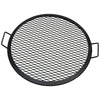











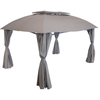



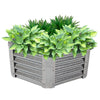
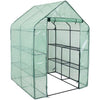

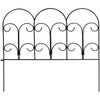

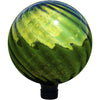



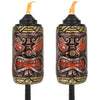


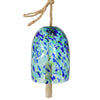













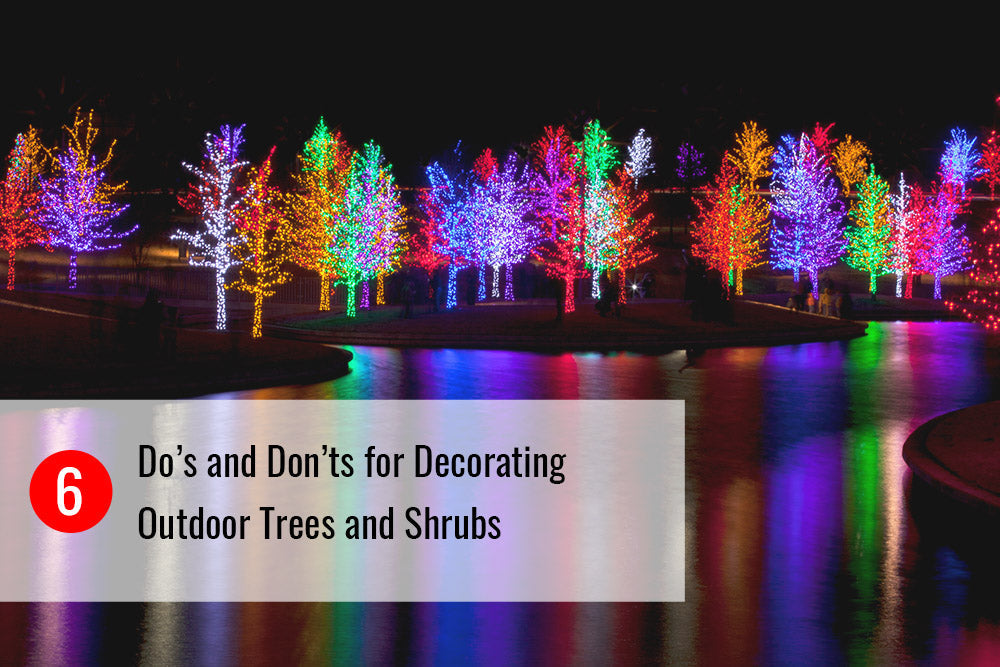







2 comments
jerry
tank you dis help alot with my rice
Shaina
Your final recommendation in this article probably ain’t a great idea, as vinegar makes a fantastic natural weed killer. I certainly wouldn’t spray vinegar on any plant I wanted to keep alive